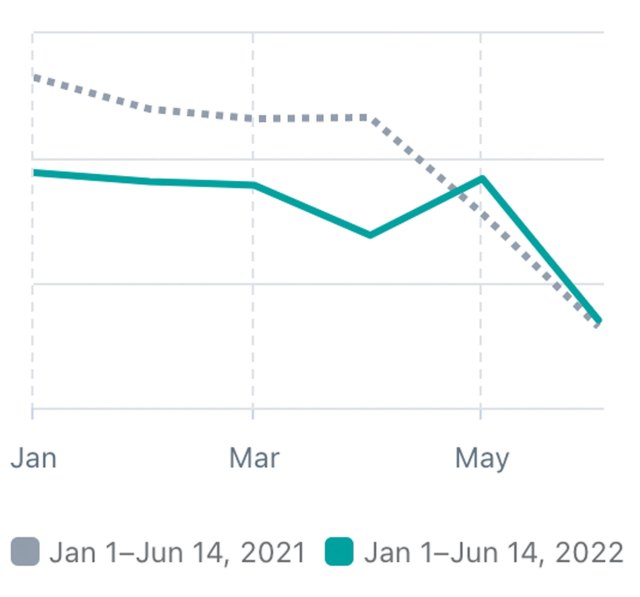
If you’ve ever wondered how a successful corporation can fall completely apart in just a few years, read on. I’ve watched a few of them do this – from the inside.
Here at Lost Art Press we will soon wrap up the second financial quarter of 2022, and our financial sheet shows our revenue is down 21 percent compared to this time in 2021. Why? We haven’t put out as many books this year because we don’t have strict deadlines with our authors.
Do we care that we are down 21 percent? No. Are we freaked? Not at all. Are we taking any action at all? Nope.
Here’s how John and I look at the business. Are we eating? Yes. Are we doing what we want to do every day? Yes. Are the people we work with happy? Yes (they tell us). Are we happy with the books, tools and apparel we are making? Yes. And is this decline something that will right itself during the next five years? Absolutely yes.
However, in the corporate publishing world, here’s how this problem plays out.
First, the publisher (me) is hauled before the suits (Bespokeus corruptus) and given two options: A) Resign or B) Hit your revenue target by the end of the fourth quarter (typically those targets are 20 percent higher than revenue from the previous year).
If I choose B, here is what I have to do:
- Quickly boost revenue by selling inventory to bookstores at a discount. Here’s why that is a deathtrap. In corporate publishing, bookstores are allowed to return unsold inventory within two years for a full refund. So even if I boosted revenue this year (and saved my job), it could all fall apart in two years when bookstores start returning this discounted inventory (a very typical scenario).
- In addition to boosting revenue, I need to cut costs to improve our profit margin. Why? If I don’t hit my revenue target but I do improve the profit margin, I could end up keeping my job because I brought in the same amount of money. How do I do this? The easy way is to slash production costs for books. One-third of our expenses are printing – let’s say that’s $1 million. If I moved printing to Korea, that would cut our printing costs to $500,000, and quality would actually stay the same or improve (Korea has a fantastic printing industry). If things get even worse, I can move printing to China and cut printing costs to $300,000 per year. Here’s the problem: There’s nowhere left to go after that. And you will never be able to afford to print in the U.S. again.
- At my gauntlet session, the suits point out that our “point of sale” revenue is up a shocking 4,219 percent. (This is because we had an open day in the spring and we didn’t have any open days in 2021 because of the pandemic.) “Clearly this is where the growth is,” according to the suits. “Do more of that!” So we open the store every weekend, forcing me and Megan to work more hours and taking us away from making books. But it works! We double the “point of sale” revenue from $6,200 to $12,400 per year! In real terms, this money is meaningless to the total revenue picture.
- [Megan’s Editor’s Note: At _my_ gauntlet session(s), the suits point out that I could stand to lose a staff member. That’s a huge savings! I refuse. A few months later, I’m the one who gets “lost.” Thank goodness. Now I’m found.]
As you can see, this is why I’d always choose A (resign) over B (gut the business). And then I’d start my own business (with a friend) that isn’t about growth. It’s about stability, making objects that are useful and that we are proud of. And it’s about living well.
— Christopher Schwarz
P.S. I’m not trying to get you to buy anything here – we are totally fine (I *wish* I were that clever of a marketer). Is it dumb to tell your readers your revenue is down? Probably. But I don’t care because we aren’t trying to sell the business or impress anyone.